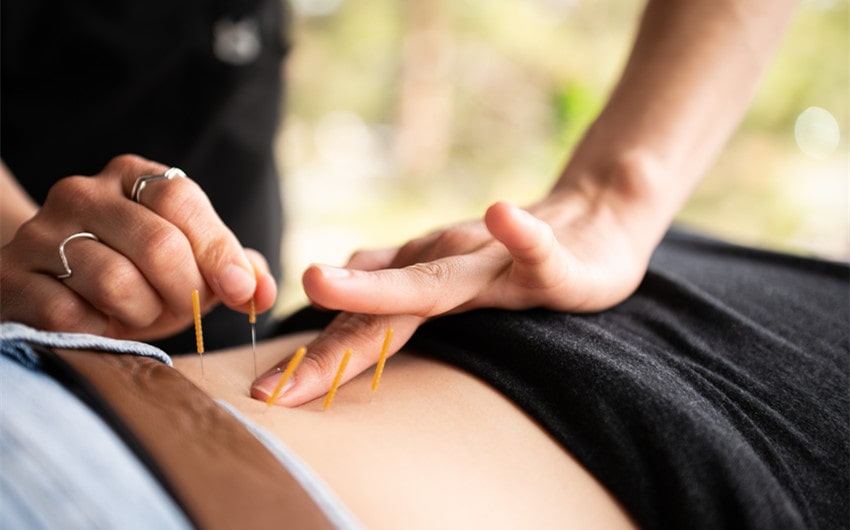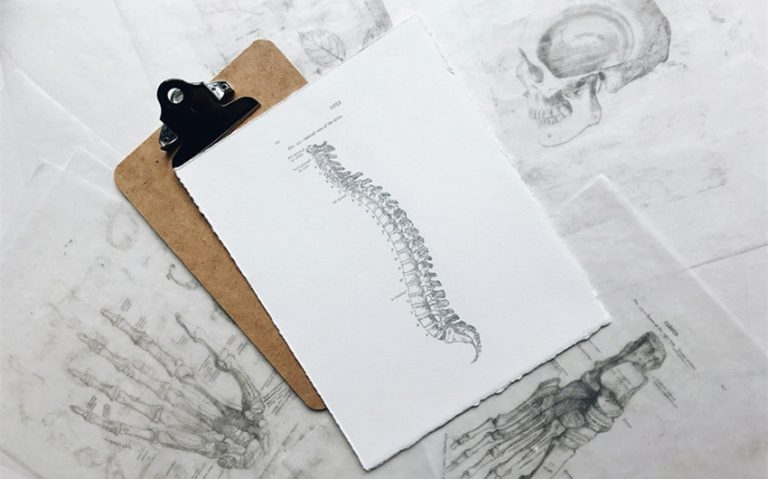What Physical Therapists Wish You Knew About Dry Needling
Dry needling is rapidly becoming a staple in physical therapy practices across the country. Yet for many patients, it remains a bit of a mystery. Does it hurt? Is it the same as acupuncture? And most importantly, what does dry needling do to improve recovery and reduce pain?
To answer these questions, we turned to physical therapists themselves. In this article, we explore what clinicians wish every patient understood about this increasingly popular therapy—its purpose, benefits, limitations, and how it fits into a broader plan of care.
It’s Not Acupuncture—And That’s Okay
Although both dry needling and acupuncture involve inserting thin needles into the skin, they come from different traditions and serve different purposes. Acupuncture is rooted in Traditional Chinese Medicine and aims to balance energy flow through meridians. Dry needling, on the other hand, is grounded in Western musculoskeletal science and targets myofascial trigger points—tight bands within muscles that cause pain or restrict motion.
Physical therapists emphasize that dry needling isn’t about energy or meridians; it’s about physiology. It directly addresses muscle dysfunction, which is why it’s often used in tandem with strengthening, stretching, and movement re-education.
It Targets the Source, Not Just the Symptom
One of the most misunderstood aspects of dry needling is its precision. Physical therapists use palpation and anatomical knowledge to identify trigger points—often the root cause of referred pain, stiffness, and movement dysfunction.
By inserting a needle into the trigger point, they elicit a local twitch response, an involuntary contraction of the muscle fiber. This response helps “reset” the muscle, decrease pain sensitivity, and restore normal movement patterns. This direct action is a core component of the science behind dry needling therapy.
It Enhances (Not Replaces) Physical Therapy
Dry needling is not a stand-alone solution—it’s a tool that enhances the effectiveness of other treatments. Physical therapists incorporate it alongside manual therapy, corrective exercise, and postural training to deliver a well-rounded recovery plan.
For example, a runner with chronic hamstring tightness may receive dry needling to release trigger points, followed by mobility drills and eccentric strength work to prevent recurrence. The result is not just temporary relief, but lasting functional improvement.
It’s Based on Solid Science
Dry needling is supported by a growing body of research. Studies show that it can reduce pain and improve range of motion in conditions like neck pain, shoulder impingement, plantar fasciitis, and myofascial pain syndrome.
A 2021 review in the Journal of Manual & Manipulative Therapy concluded that dry needling is effective for reducing pain and improving function when used by skilled practitioners as part of a multimodal approach.
According to the American Academy of Pain Medicine, dry needling may be particularly effective for patients dealing with chronic musculoskeletal conditions where soft tissue is a contributing factor.
It’s Widely Used for a Variety of Conditions
Physical therapists use dry needling to treat an extensive range of issues, including:
- Tension headaches
- Neck and back pain
- Rotator cuff injuries
- Hip and gluteal tightness
- Tendinitis and tendinopathy
- Postural imbalances
- TMJ dysfunction
Whether the issue stems from overuse, poor posture, trauma, or compensation, dry needling offers a direct route to restoring normal muscle tone and reducing pain.
It May Cause Mild Discomfort—but That’s Normal
One of the biggest concerns patients have is: “Will it hurt?” Physical therapists acknowledge that some discomfort is common, especially during the twitch response. However, this sensation is typically brief and followed by noticeable relief.
Minor side effects may include soreness, bruising, or fatigue for a day or two. Therapists often recommend light movement and hydration post-treatment to help flush out metabolic waste and support recovery.
It’s Regulated and Safe When Performed by Trained Providers
Dry needling is safe when administered by licensed professionals who have completed post-graduate training in the technique. Many states have specific guidelines for certification and continuing education.
Organizations like the Federation of State Boards of Physical Therapy (FSBPT) maintain up-to-date standards to ensure public safety. Patients should always confirm that their therapist is certified in dry needling and familiar with the relevant anatomy.
It Offers Hope When Other Treatments Stall
For patients stuck in a plateau—where exercises or stretches are no longer yielding progress—dry needling can provide the breakthrough needed to reset movement patterns. This is particularly valuable in chronic cases where muscles have developed long-standing dysfunctions that resist other treatments.
By restoring mobility and decreasing localized inflammation, dry needling often “opens the door” to better exercise tolerance and accelerated healing.
Final Thoughts
Physical therapists want patients to understand that dry needling isn’t magic—it’s strategic. When applied correctly, it delivers measurable results by addressing muscle dysfunction at its core. So if you’re still asking, what does dry needling do, know that it’s more than a technique—it’s a catalyst for recovery.
Whether you’re a desk worker with stubborn shoulder tightness or an athlete sidelined by hip pain, dry needling may offer the reset your body needs to move and feel better. And with the guidance of a skilled therapist, it can be a game-changing part of your rehab journey.







